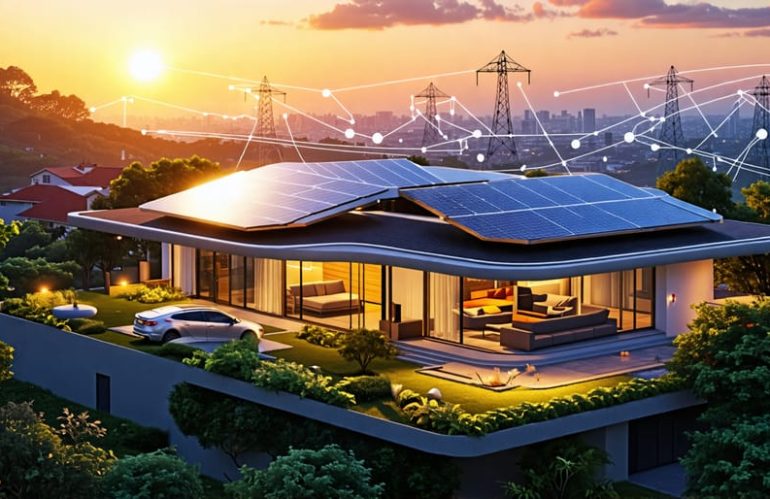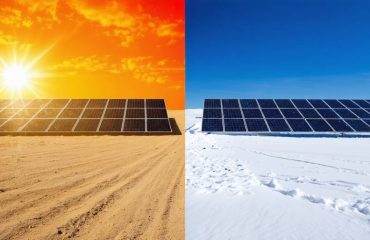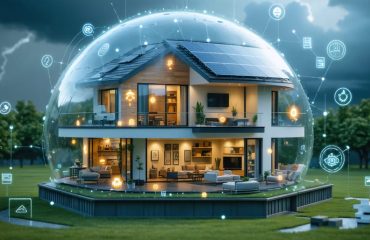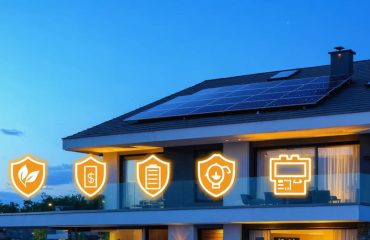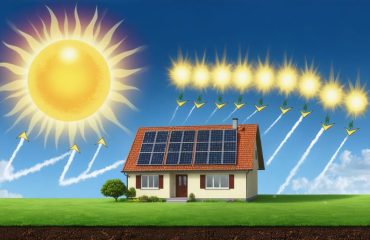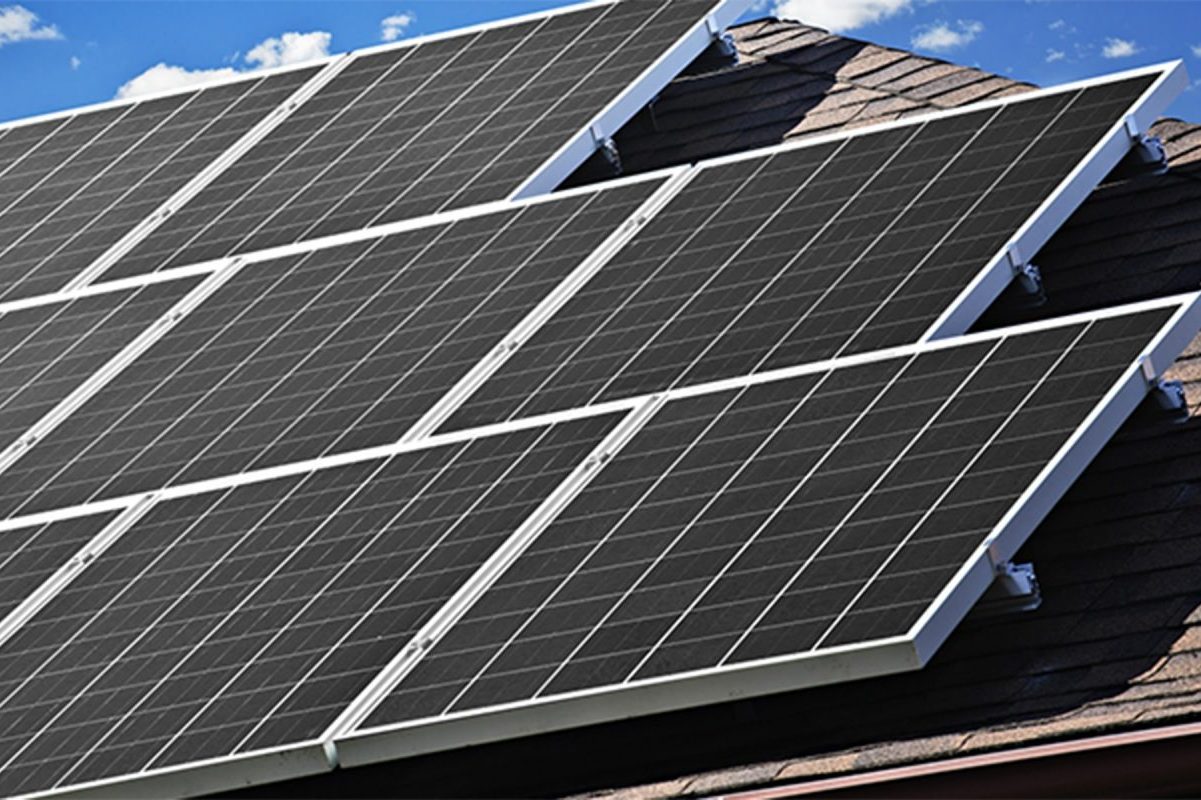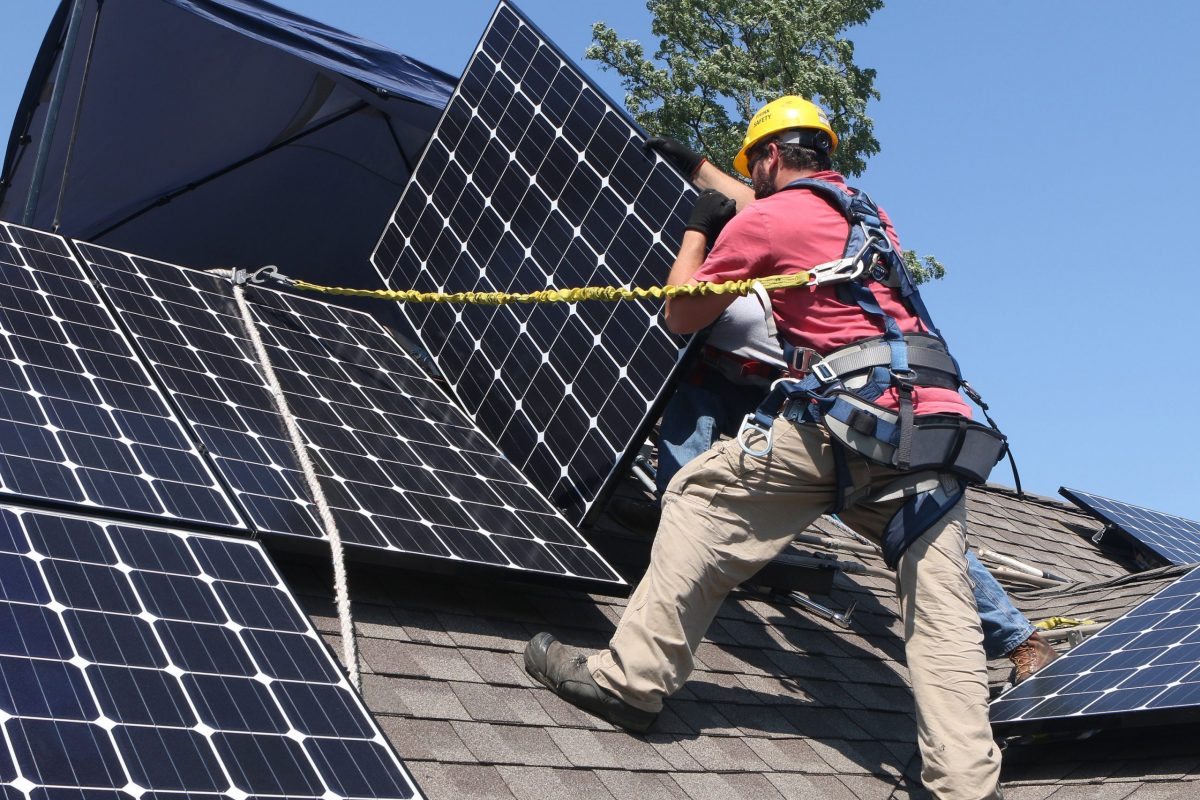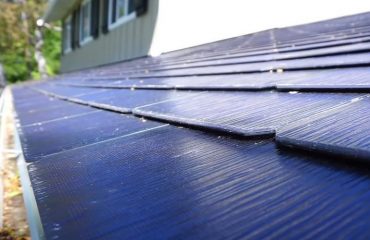Bidirectional solar panels herald a revolutionary shift in renewable energy generation and consumption. Unlike traditional solar systems that only capture and convert sunlight into electricity, bidirectional panels enable a two-way flow of energy between homes and the grid. This groundbreaking technology empowers homeowners to not only generate their own clean power but also strategically supply excess energy back to the grid during peak demand periods. By optimizing energy production, consumption, and distribution, bidirectional solar panels pave the way for a more resilient, efficient, and sustainable electrical infrastructure. As we navigate the challenges of climate change and rising energy costs, the widespread adoption of bidirectional solar technology holds immense potential to transform our relationship with energy, ushering in a new era of energy independence, grid stability, and environmental stewardship.
What Are Bidirectional Solar Panels?
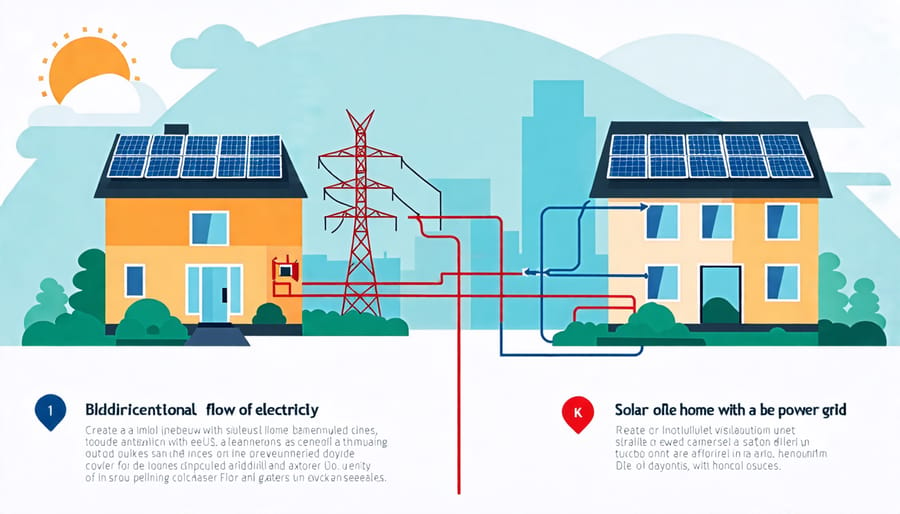
How They Differ from Traditional Solar Panels
Bidirectional solar panels, also known as vehicle-to-grid (V2G) or vehicle-to-home (V2H) panels, offer a unique advantage over traditional solar panels. While standard panels only generate electricity for immediate use or storage in batteries, bidirectional panels can both receive and send electricity to and from the grid. This means that during peak sunlight hours, excess energy can be fed back into the grid, potentially earning homeowners credits on their utility bills. Conversely, during low-sunlight periods or at night, bidirectional panels can draw electricity from the grid to power the home. This two-way flow of energy makes bidirectional solar panels a more dynamic and efficient solution, optimizing energy usage and reducing reliance on the grid. Additionally, the ability to store and discharge energy as needed can help stabilize the grid during high-demand periods, contributing to a more resilient and sustainable energy infrastructure.
The Technology Behind Bidirectional Panels
Bidirectional solar panels incorporate cutting-edge power electronics and smart inverters that enable two-way energy flow. Unlike traditional solar panels that only send electricity to the grid, these panels can also draw power from the grid when needed. The inverter acts as the brain of the system, intelligently managing energy flow based on solar production, household consumption, and grid conditions. Advanced software algorithms optimize power distribution in real-time, ensuring maximum efficiency and reliability. The panels themselves feature high-efficiency photovoltaic cells that convert sunlight into electricity, while the inverter converts the DC power generated by the panels into AC power compatible with home appliances and the grid. The system seamlessly integrates with home energy management systems, allowing homeowners to monitor and control their energy usage. With the ability to both import and export energy, bidirectional solar panels offer unparalleled flexibility in managing household energy needs while supporting the stability of the broader electrical grid.
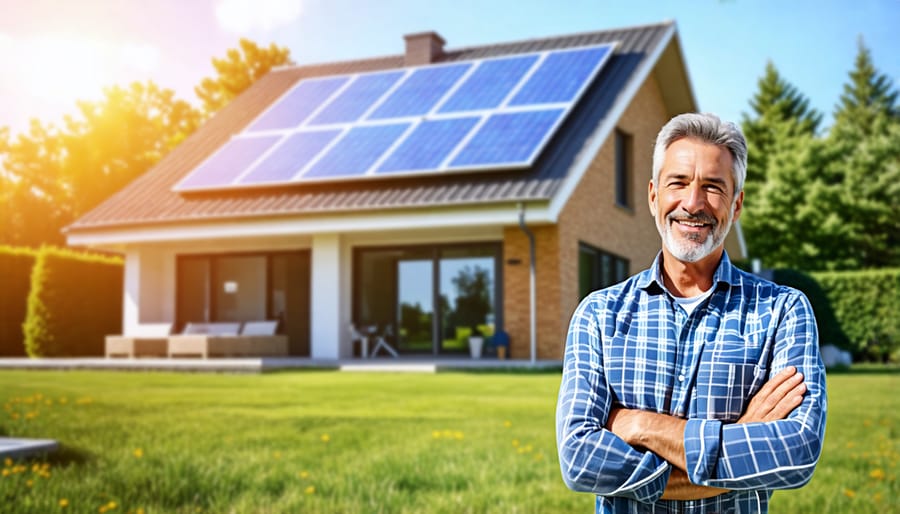
Benefits for Homeowners
Energy Bill Savings
With bidirectional solar panels, homeowners can drastically reduce or even eliminate their energy bills by selling excess power back to the utility grid. During peak sunlight hours, these panels often generate more electricity than the home needs. Instead of letting that surplus go to waste, bidirectional systems allow you to feed it into the grid, earning credits on your account. Later, when your panels aren’t producing enough power, you can draw from those credits to offset your usage. This process, known as net metering, can result in significant savings over time. In some cases, homeowners with optimally-sized systems can completely zero out their bills or even receive payments from the utility company. By turning your home into a mini power plant, bidirectional solar panels not only help the environment but also provide a valuable financial return on your investment.
Supporting a Sustainable Future
Bidirectional solar panels offer a sustainable solution for homeowners looking to reduce their carbon footprint and contribute to a greener future. By allowing excess solar energy to flow back into the grid, these panels help increase the overall share of renewable energy in the power mix. This means that even when your home isn’t using all the solar power it generates, that clean energy doesn’t go to waste. Instead, it can be used to power other homes and businesses, displacing fossil fuel-based electricity and reducing greenhouse gas emissions. As more households adopt bidirectional solar technology, the cumulative effect can significantly reduce our reliance on polluting energy sources and move us closer to a sustainable, low-carbon future.
Advantages for the Energy Grid
Balancing Energy Supply and Demand
Bidirectional solar panels play a crucial role in balancing energy supply and demand on the grid. During peak demand periods, when electricity usage is highest, these panels can feed excess power back into the grid, helping utilities meet increased energy needs. This grid interaction not only benefits the utility company but also the homeowner, who can earn credits or payments for the energy they contribute. By providing a secondary power source during high-demand times, bidirectional panels help stabilize the grid, reduce the need for additional power plants, and promote a more sustainable energy future.
Enhancing Grid Resilience
Bidirectional solar panels can play a crucial role in enhancing grid resilience. By allowing energy to flow both to and from the grid, these panels create a more stable and adaptive energy system. During power outages or disruptions, homes equipped with bidirectional panels can continue to generate and store energy, reducing their reliance on the main grid. This decentralized approach helps alleviate strain on the grid during peak demand periods and provides a backup power source for households. As more homes adopt this technology, the collective impact on grid resilience becomes even more significant, creating a smarter, more reliable energy network for all.
The Future of Bidirectional Solar
Increasing Affordability and Accessibility
The cost of solar panels has dropped significantly in recent years, making bidirectional solar panels more accessible to homeowners. According to recent studies, the decreasing costs of solar technology, combined with innovative financing options like solar leases and power purchase agreements, have made it easier for more people to adopt this technology. As the market continues to grow and manufacturing processes improve, experts predict that prices will continue to fall, further increasing the affordability of bidirectional solar panels. This trend is expected to accelerate the widespread adoption of this groundbreaking technology, empowering more homeowners to take control of their energy production and consumption while contributing to a cleaner, more sustainable future.
Emerging Technologies and Applications
Bidirectional solar panel technology is set to revolutionize the energy industry. Innovative companies are developing solar shingles and panels that seamlessly integrate into roofs and building facades, making solar adoption more aesthetically pleasing and accessible. Vehicle-to-grid (V2G) systems that allow electric vehicles to store and supply power are also on the horizon, potentially turning your car into a mobile energy source. As costs decrease and efficiency improves, bidirectional solar will play a key role in creating a more resilient, sustainable grid. These advancements open up exciting possibilities for homeowners to not only save money but also contribute to a greener future.

